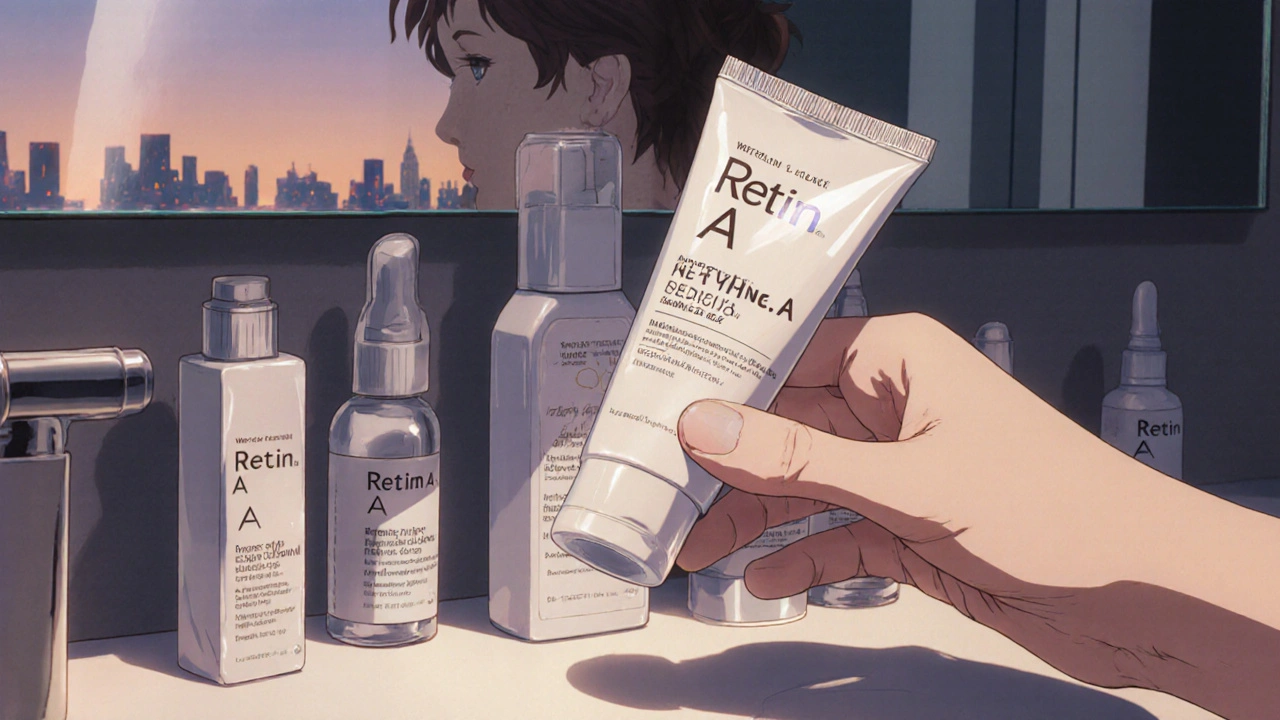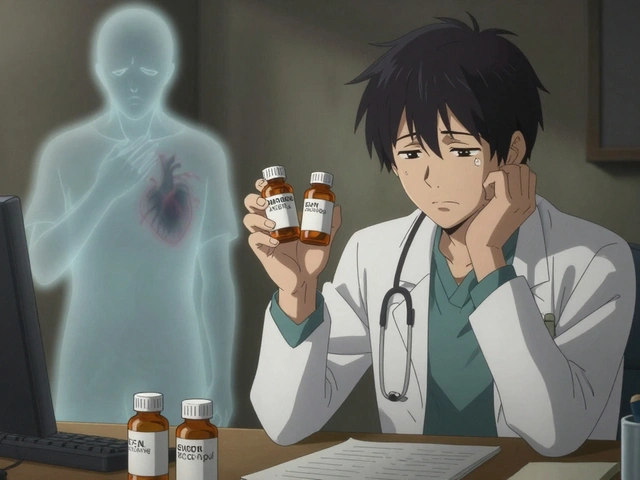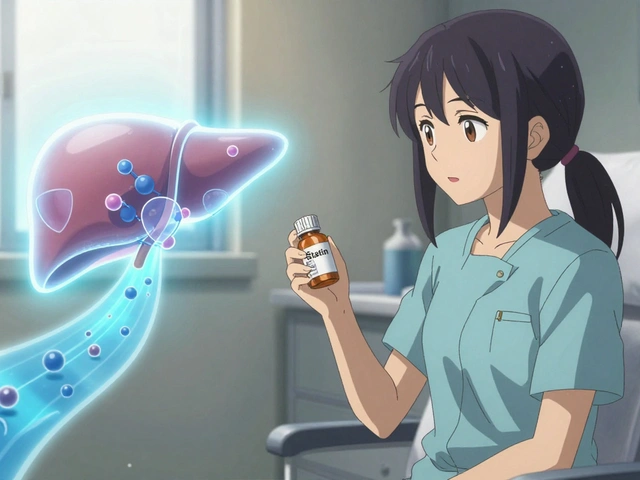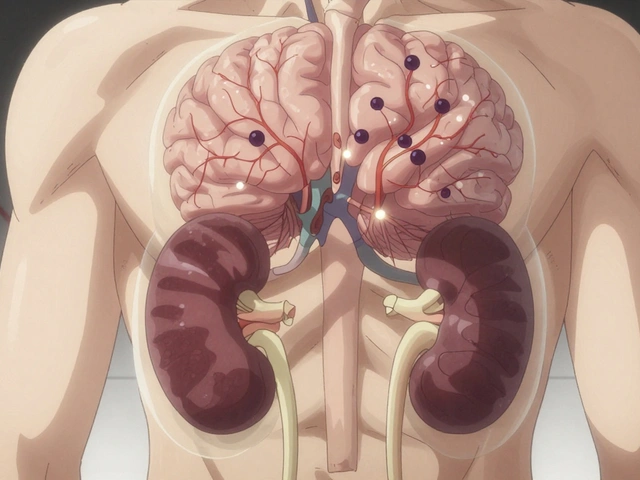Acne Treatment Comparison – Your Quick Guide to Choosing the Right Regimen
When you look at Acne treatment comparison, a systematic look at how different acne therapies stack up against each other in terms of effectiveness, safety and cost. Also known as acne therapy comparison, it helps you see which option fits your skin type, budget and lifestyle. Acne treatment comparison isn’t just about picking a product; it’s about understanding the trade‑offs between fast results, long‑term skin health and potential side effects.
One of the most talked‑about options is Isotretinoin, an oral retinoid used for severe cystic acne that hasn’t responded to other meds. It works by shrinking oil glands, cutting down bacterial growth and normalising skin cell turnover. While its results can be dramatic, the drug also carries a list of possible side effects—from dry skin to higher triglycerides—so a thorough comparison is essential before starting.
Topical players like Benzoyl peroxide, an over‑the‑counter antimicrobial that kills acne‑causing bacteria and reduces inflammation are often the first line of defense. It’s cheap, widely available and works quickly, but it can cause redness and peeling, especially at higher concentrations. Understanding how benzoyl peroxide fits into a broader regimen helps you avoid over‑drying your skin.
Hormonal influences are another key piece of the puzzle. Hormonal therapy, treatments such as combined oral contraceptives or anti‑androgens that target excess sebum production related to hormones can be a game‑changer for adult women with persistent breakouts. The benefit is a steadier, long‑term control of acne, yet the downside may include menstrual changes or mood shifts, making a side‑by‑side look with other options crucial.
Finally, oral antibiotics like Doxycycline, a tetracycline antibiotic that reduces bacterial growth and inflammation in moderate to severe acne remain popular for quick flare‑ups. They’re effective but risk bacterial resistance if used too long, and can cause stomach upset. Comparing antibiotics with isotretinoin or hormonal therapy helps you choose a plan that balances speed and safety.
Why Comparing Acne Treatments Matters
Every acne regimen carries a mix of benefits and drawbacks. By laying out each option side‑by‑side, you can see patterns: isotretinoin offers the highest clearance rates but demands close medical monitoring; benzoyl peroxide provides immediate action with minimal cost; hormonal therapy targets root causes for many women; antibiotics give rapid relief but need limited use. Knowing these relationships lets you prioritize what matters most—whether it’s quick results, low price, or a low side‑effect profile.
Below you’ll find a curated collection of detailed posts that dig into each of these therapies. We compare onset time, duration of effect, typical dosing, safety warnings and UK pricing wherever possible. Use the guide to match your skin’s needs with the right treatment pathway, and feel confident that you’ve weighed all the key factors before making a decision.

Retin A 0.025 (Tretinoin) vs Common Alternatives: A Detailed Comparison
A detailed guide comparing Retin A 0.025 (tretinoin) with top alternatives like adapalene, tazarotene, azelaic acid, and retinol, covering benefits, risks, costs, and how to choose the best option for your skin.
Continue Reading



